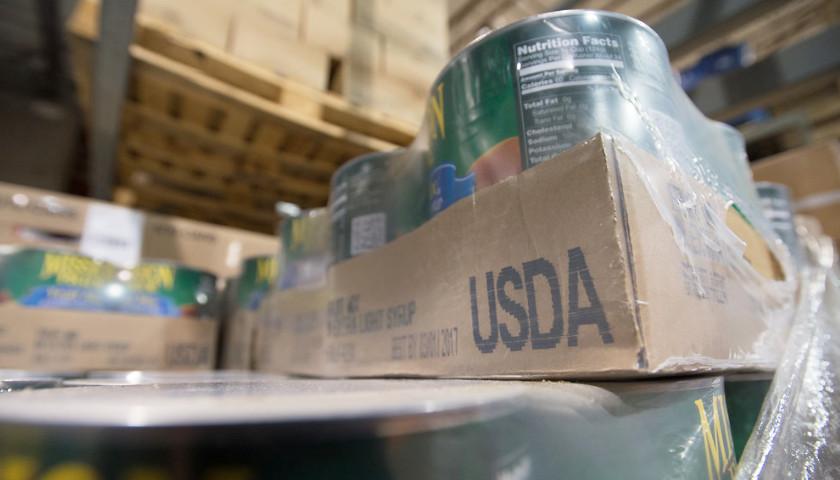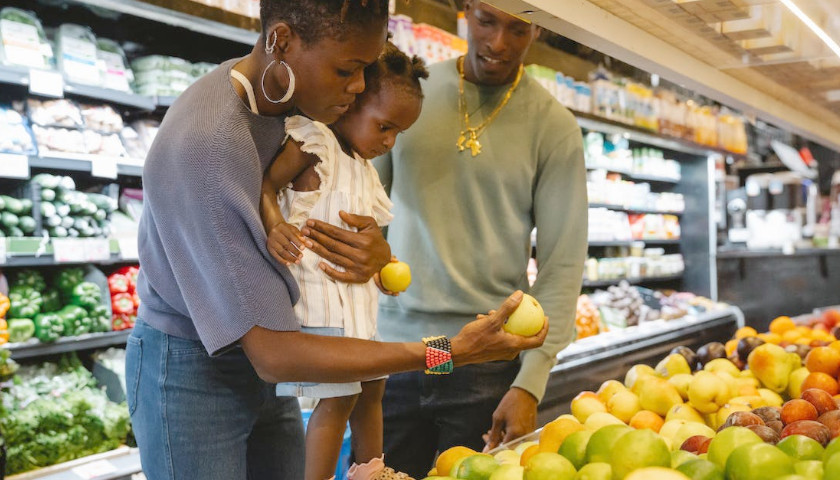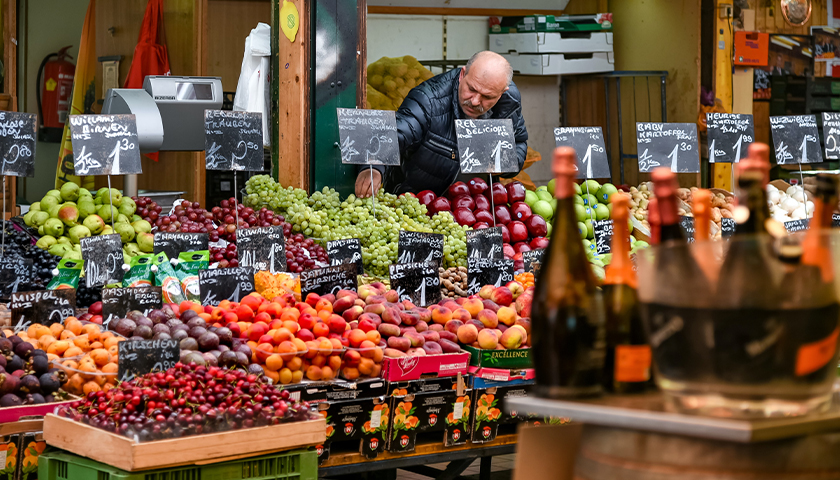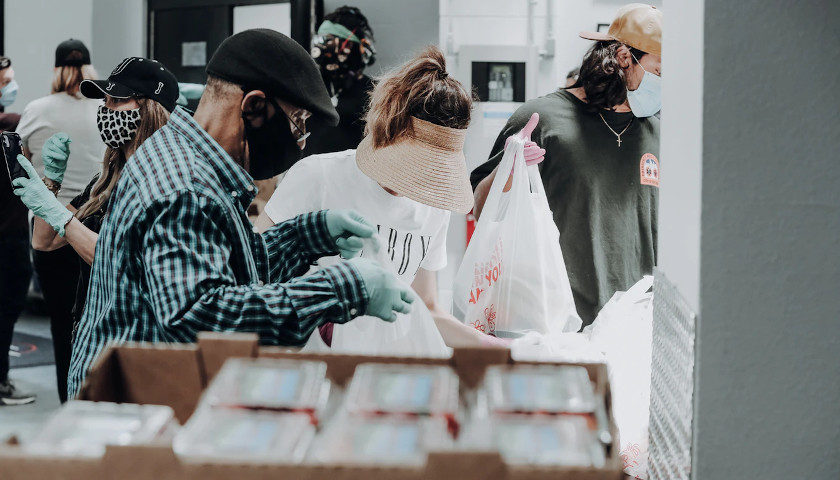As COVID-19, violent conflicts, and natural disasters persist around the world, an increasing number of people face an additional crisis: food insecurity. Although food insecurity existed in many low- and middle-income countries prior to 2020, it is clear that the COVID-19 pandemic has escalated this global challenge.
Today, according to the United Nations World Food Program Live Hunger Map, an estimated 870 million people live on insufficient food consumption. This figure has increased since 2019, when an estimated 821 million people did not get enough food to eat.
Within the 79 countries in which the World Food Program operates, the number of people suffering from acute malnutrition or worse has doubled to 270 million people since 2019.
Read the full story







